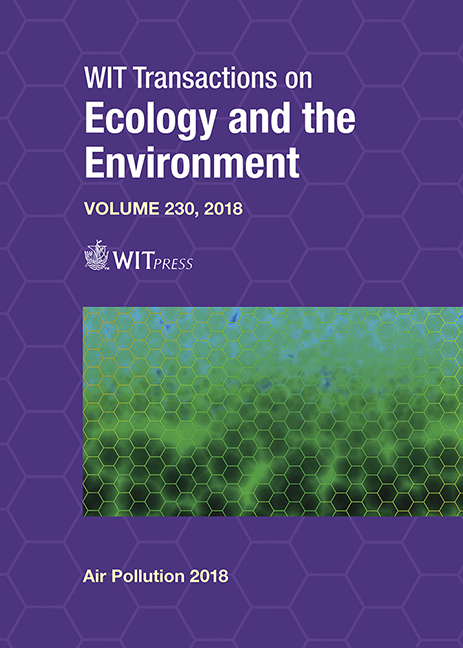A STUDY OF TRAPPED DUST AND DUSTFALL SAMPLES FROM HUMAN SETTLEMENTS NEAR REHABILITATED AND NON-REHABILITATED ABANDONED ASBESTOS MINE DUMPS IN THE NORTHERN CAPE PROVINCE, SOUTH AFRICA
Price
Free (open access)
Transaction
Volume
230
Pages
12
Page Range
355 - 366
Published
2018
Paper DOI
10.2495/AIR180331
Copyright
WIT Press
Author(s)
TLOU B. MASHALANE, SHADUNG J. MOJA, OBED NOVHE, MAPHUTI G. KWATA, KHUTHADZO MASINDI
Abstract
Abandoned asbestos mine dumps continue to have an effect on human health notwithstanding the banning of asbestos mining in South Africa in 2002. Asbestos mine dumps, especially non-rehabilitated dumps, contribute to dust pollution. Dust particles from these mine dumps find their way to nearby human settlements and cause health risks. Respiratory health issues such as lung diseases are a result of inhaled asbestos fibres/dust suspended in the air. For the purpose of environmental remediation, rehabilitated and non-rehabilitated sites around Kuruman and Prieska in the Northern Cape Province were selected to compare the presence of asbestos and the effectiveness of rehabilitation. Dustfall within a radius of 5.0 km from the asbestos mine dump to the nearest human settlement was measured and monitored. Characterisation was done for both trapped dust and dustfall samples. Dustfall samples were collected and measured using a 2.0 m stand with a single open bucket half-filled with deionised or distilled water. Trapped dust samples were collected indoors and outdoors from photo frames, window frames, old furniture and roof tops using sticky tape. The mineralogical composition of both indoor and outdoor samples was determined by X-ray diffraction (XRD). Mineralogical and morphological characterisation was further validated using scanning electron microscopy with energy dispersive spectroscopy (SEM-EDS). The XRD results show significant amounts of the amphibole [Ca2(Fe,Mg)5Si8O22(OH)2] asbestos mineral group. Trace amounts of the serpentine [Mg3SiO5(OH)4] asbestos mineral group were detected by XRD but could not be confirmed by SEM-EDS. However, both XRD and SEM-EDS results confirmed the presence of the amphibole asbestos mineral group. Other silicate minerals detected include quartz, talc, mica, plagioclase and feldspar. Detected non-silicate minerals include calcite, smectite and traces of haematite. Exposure of asbestos minerals within human settlements continues to be a major health concern and sample characterisation substantiates the amount or levels and composition of the minerals.
Keywords
asbestos mine dump, asbestos fibres, dustfall, trapped dust, composition, characterisation, XRD, SEM-EDS





